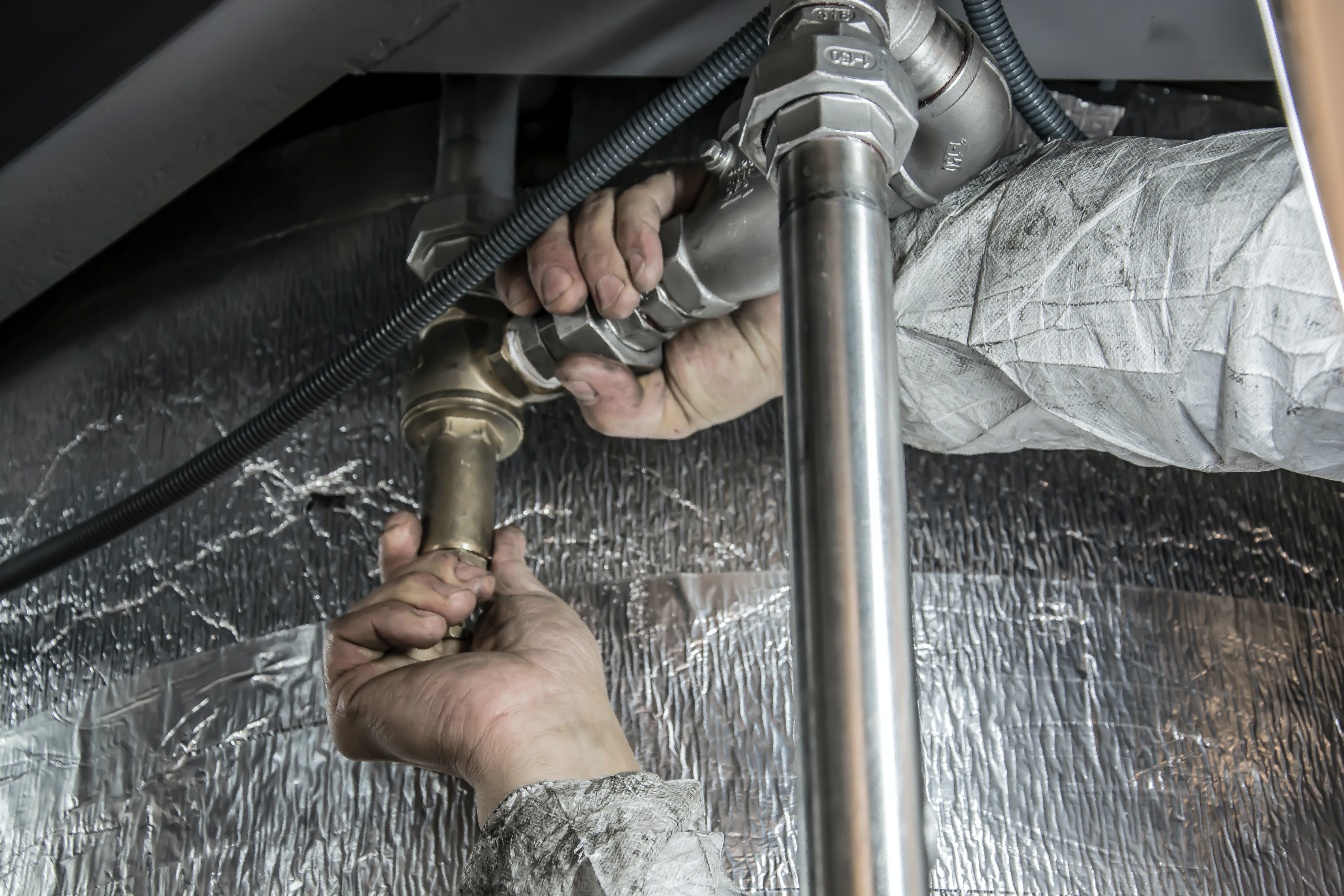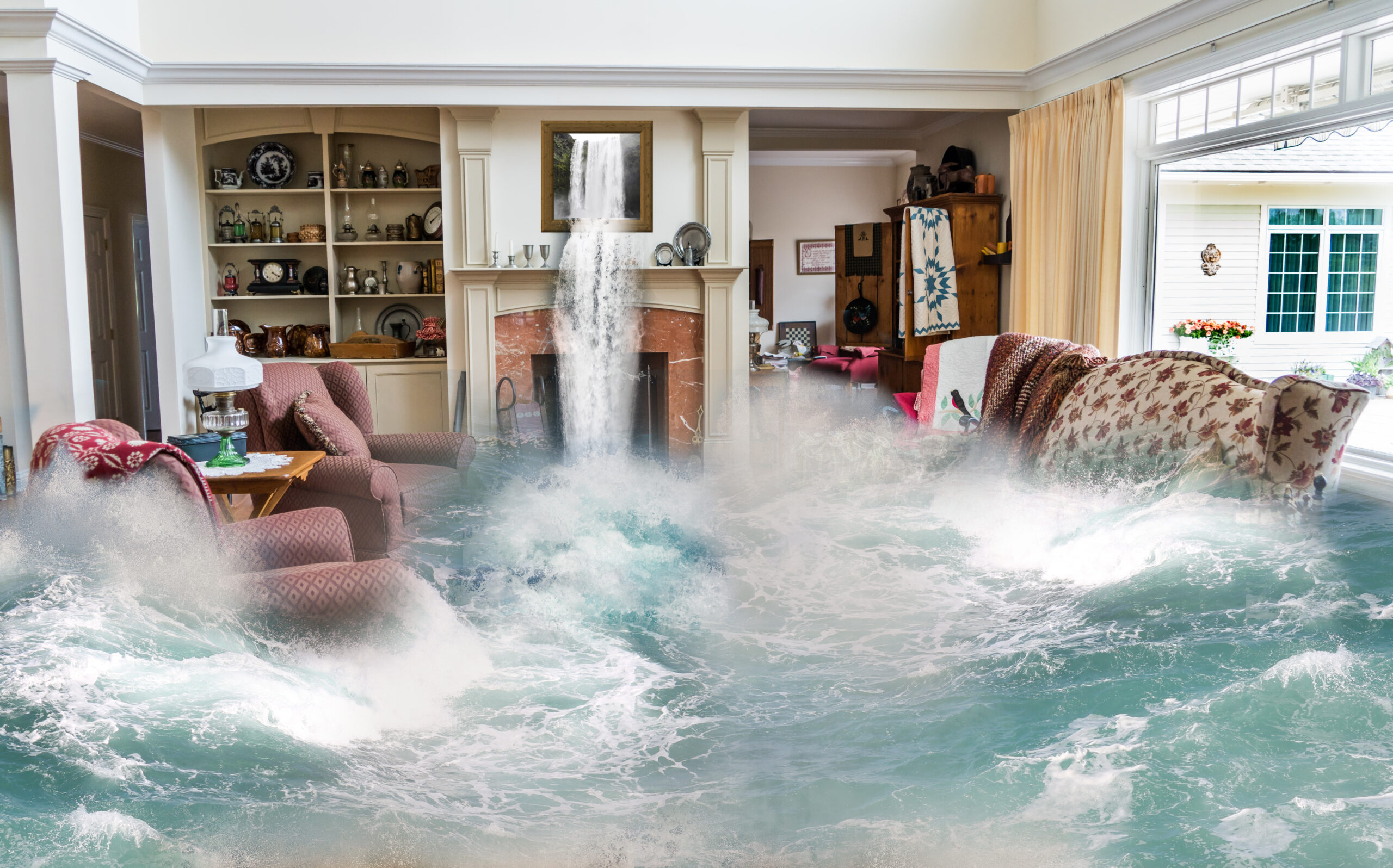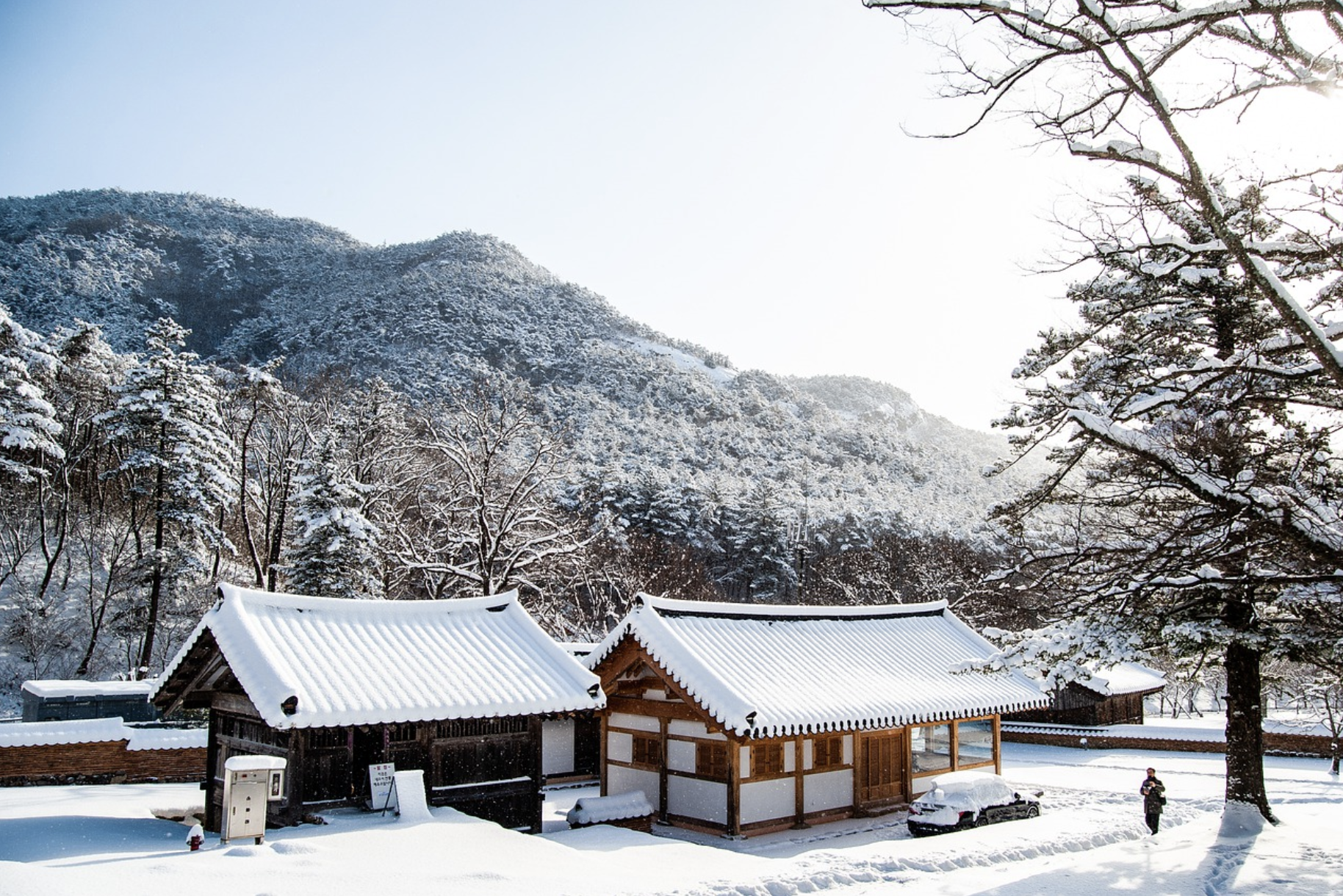
Water Damage Prevention Tips For The Most Common Problems We’ve Seen Through The Years
By: 911 Water Damage Experts
Hopefully this water damage prevention tip sheet hasn’t reached you during an emergency.
The following tips below will help you during stormy weather and also provide you with everyday items that’ll help prevent the most popular water damage issues we’ve seen in our lifetime.
Let’s go!
Washing Machine/ Appliances
Any appliance that relies on water to function is highly susceptible to damage.
1. Do not run your washing or dishwashing machine when you are not home. When it comes to your washing machine, remember that it’s all about water, making it vulnerable to cold weather. Washers involve a hose to fill the tub and a pump to drain water when the washing is done. If the temperature in your washing machine drops below 32 degrees Fahrenheit, there is a strong chance that the water inside your machine could potentially freeze. This implies the liquid turns to a solid and in doing so can start to expand. Dishwashers may have residual water in the pump and hoses that may freeze and damage your pipes in the cold weather. As water freezes it expands, damaging the pipes in your home and unit.
2. Be on the lookout for water damage build up from showers and bath units. Hot showers can cause water damage in your home. Although a hot shower in the winter is relaxing it can be damaging to your home without even realizing it. The steam and condensation from the hot water will build up along the walls, collect together, and drip down to the floor or seep into the tiles. If tiles look old and begin to show signs of mold growth, it’s important to fix them immediately.
3. Toilets are a hot spot for water damage especially during winter. Sometimes in the winter, snow and ice can collect inside these vent pipes and obstruct them. When this happens, you may observe symptoms like gurgling toilets, sewer smells and slow drains. Be careful not to flush anything else besides toilet paper to prevent further damage. Although this may seem like common sense – not everyone is aware.
Appropriate Maintenance Of Your Home
Winters are increasingly harsh, and a single winter storm can cause over $1 billion in damages. If you want to avoid costly repairs, make sure that your home is ready for the winter. But it isn’t always easy to know what you can do now to help prepare and protect your property from the cold weather.
4. Check gutters and exterior drains. You can do this in many ways. Firmly set your ladder against the side of the house. Preferably have someone hold onto it and make sure it is on even ground.Scoop out the dirt with a small shovel. Dump it into a bin bag or onto a tarp but don’t put it on your lawn. Flush out the gutters with a hose for a full clean. Gutter guards often aren’t worth bothering with. They can make your gutters impossible to clean, which is more hassle than it’s worth. Once clean, give a check for any other signs of drainage issues.
5. Check your basement for water damage stains and your attic for mildew. Mildew and water damage indicate that your drainage system isn’t taking the water far away enough from your house, particularly in older homes. If water is getting back into the foundation, your attic and basement will start showing signs of damp. To fix this, try extending your downspout to direct the water further away
6. Make sure your roof is in good condition. It’s always a good idea to schedule a roof inspection before winter months. Keep your attic ventilated. Ventilation and insulation are incredibly important to the continued health of your roof during the winter. Use a roof rake. When there is heavy snow on your roof, then you will want to use a roof rake.
Look Out For Your Home
Sometimes, in larger homes it’s easy to miss spots that need attention during winter months. Especially rooms that aren’t used as much.
7. Check crawlspaces and attics since these areas get less attention. Ensure there are no holes or leakage in the areas.
8. If you haven’t already done so, install power outage alarms or a battery back-up. If your house operates on a sump pump system. If the power is out on your sump pump then that will increase the chances of having a sewer back up in your home.
9. You can install flood sensors in areas of your house that need the extra attention or are more susceptible to water damage. One nice feature flood sensors have is the alarm will warn you when water is present so you can avoid large damages.
Winterization
Prepare your home for the coldest season to prevent water damage. Typically, your home’s pipes begin to freeze when the outside temperature is at least 20 degrees Fahrenheit. The most vulnerable pipes in your home are exterior pipes and pipes that are poorly insulated. There are many efficient ways to prepare your home.
10. First, start by hanging heavy durable window curtains. Those thin, light-colored curtains you use during the summer months do your home a serious disservice when temperatures start to drop. During the day, open blinds and curtains during the day to let the sunlight in to bring the house temperature up. Conventional draperies can reduce heat loss from a warm room up to 10 percent,
11. Consider purchasing a smart programmable thermostat. It allows you to set the thermostat for warmer temperatures just before you wake up and prior to returning home, enhancing your comfort.
12. Avoid changing the temperature on any thermostat by more than 10 degrees. Cranking up the heat won’t actually heat your home faster; it’ll just make your furnace put out heat for longer. So, while it may be tempting to crank up the thermostat when it’s cold out, it’s not the best move in the long run.
13. Wrap your pipes to prevent them from freezing.If you want to keep your house warm and avoid a burst pipe this winter, it pays to cover them before the temperature gets too low.
14. Another way to help prevent pipes from freezing and bursting is to let your faucets run slightly throughout the day. This will encourage water flow and will melt any frozen spots that may have begun to build in your pipes. This simple practice can even spare you from a flood due to a burst pipe.
If you have any questions about water damage prevention and restoration feel free to call us at 1-833-WE-DRY-IT any time 24/7/365 all the time. We’re there when you need us!
Related Posts
10 helpful smoke damage cleaning tips
Restaurant flooded? Here’s how to deal with a restaurant flooding
What’s causing mould in your home? Here are the top reasons why
How to prevent mould growth after a flood
A pipe burst in my business building – what do I do?
What to do when a water pipe bursts in your apartment
Hire the right mould removal company by asking these vital questions
15 interesting facts about mould
What causes mould damage and what you can do about it
Top common signs of water damage: here’s what to look for





